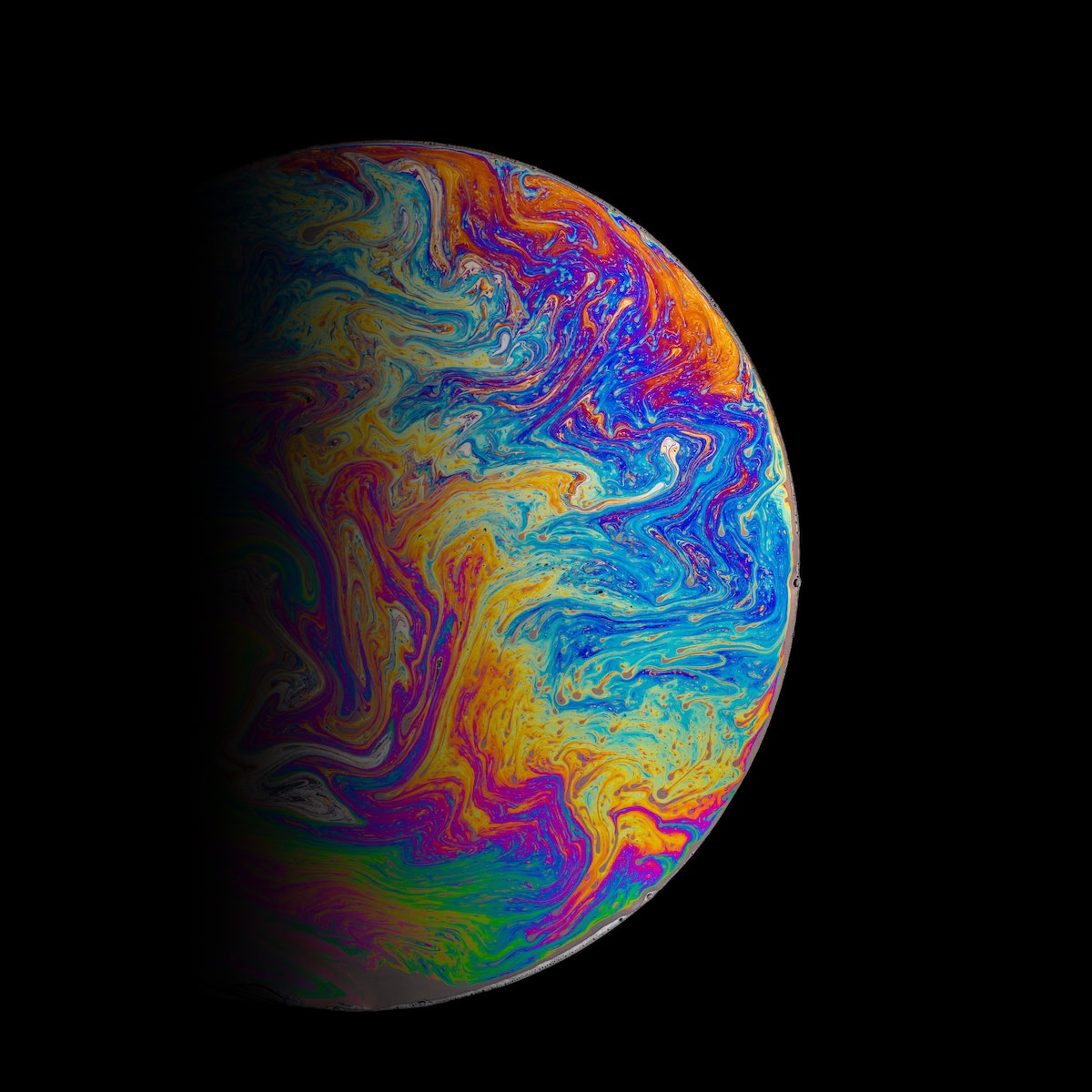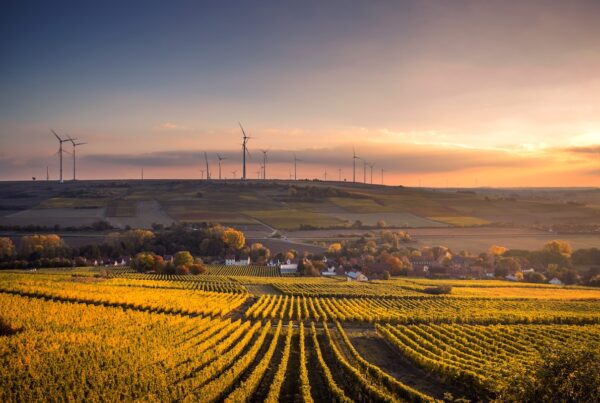OpenEarth is a real-time, open API digital geospatial dashboard for the planet that enables the monitoring, modeling and management of environmental systems at a scale and speed never before possible – from tackling illegal deforestation, water extraction, fishing and poaching to air pollution, natural disaster response and smart agriculture. Although we are using AI methods to accomplish this, we still need more information, more frequently received and at greater resolution than is currently active and present. OpenEearth is truly transformational, easy to use in real-time, open-access and data-dense (meaning that the information is high-resolution, scalable and aggregates environmental and human exposure data). This project required collaboration among entrepreneurs, industry, government and the non-profit sector and relationships and partnerships are still on-going.
OpenEarth is not perfect though. We are still lacking Public and private systems that can help amass the necessary data include the European Space Agency’s Copernicus, NASA’s Earth Observing System and the private companies Planet, Digital Globe and Orbital Insights. While our partner organizations can provide comprehensive Earth observation from space, this data still needs to be aggregated and retrieved in a much more palatable context, which requires (undeveloped) tools to extract and label the relevant information. AI can help tackle this challenge as we build a dashboard with usable data, including both environmental- and hazard-data layers, along with exposure layers. The implications for natural-resource management (including investment, policy-making and dispute settlement) could be profound.
Next Steps
At least two steps are already being taken to advance OpenEarth to being useable in the public domain. The US National Science Foundation’s EarthCube initiative uses machine learning and simulation modelling to create a 3D living model of the entire planet. And the US company Planet has put over 180 micro-satellites into orbit, to image the whole planet’s landmass daily, at a resolution of 3–5 metres. Platforms like this one could bring a breakthrough: Planet plans to incorporate computer vision developments and machine learning to make an index of the planet, tracked over time. Crucially, it is developing practical ways to extract data and is collaborating with NGOs and governments to develop public-good analytics for Earth-systems management. The data pool still needs to be integrated into OpenEarth’s systems.
“What is the use of a house if you haven’t got a tolerable planet to put it on?”
OpenEarth Insights
OpenEarth’s current data modeling displays some interesting forecast models and insights into our planet’s future. Using historical data, satellite data, and artificial intelligence, the facts are unequivocal.
While global warming is commonly known and accepted, most of the warming actually occurred in the past 35 years, with the six warmest years on record taking place since 2014. Not only was 2016 the warmest year on record, but eight of the 12 months that make up the year — from January through September, with the exception of June — were the warmest on record for those respective months.
The oceans have absorbed much of this increased heat, with the top 700 meters (about 2,300 feet) of ocean showing warming of more than 0.4 degrees Fahrenheit since 1969.
The Greenland and Antarctic ice sheets have decreased in mass. Data from NASA’s Gravity Recovery and Climate Experiment show Greenland lost an average of 286 billion tons of ice per year between 1993 and 2016, while Antarctica lost about 127 billion tons of ice per year during the same time period. The rate of Antarctica ice mass loss has tripled in the last decade.
Glaciers are retreating almost everywhere around the world — including in the Alps, Himalayas, Andes, Rockies, Alaska and Africa.
Satellite observations reveal that the amount of spring snow cover in the Northern Hemisphere has decreased over the past five decades and that the snow is melting earlier.
Global sea level rose about 8 inches in the last century. The rate in the last two decades, however, is nearly double that of the last century and is accelerating slightly every year.
Both the extent and thickness of Arctic sea ice has declined rapidly over the last several decades.
The number of record high temperature events in the United States has been increasing, while the number of record low temperature events has been decreasing, since 1950. The U.S. has also witnessed increasing numbers of intense rainfall events.
Since the beginning of the Industrial Revolution, the acidity of surface ocean waters has increased by about 30 percent. This increase is the result of humans emitting more carbon dioxide into the atmosphere and hence more being absorbed into the oceans. The amount of carbon dioxide absorbed by the upper layer of the oceans is increasing by about 2 billion tons per year.
A world-wide public data system like OpenEarth is critical to educate current and future generations about the beating heart of our Planet Earth. In order to advance any great endeavor in this millennium, sound data and science is necessary to back any great effort. OpenEarth may be the first step in that endeavor.






